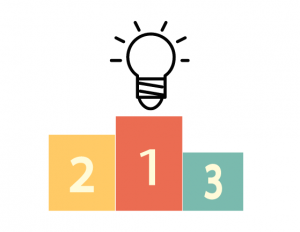Rank stunts student success in game of school
Sophomore Cassidy Wang argues against class rank.
May 20, 2016
School is like a board game. You can read the rules carefully and logically think through your game plan, but when you pick up your pawn, you can merely hope that you’re on the right track. In the end, no matter how well you played the game, there’s always a ranking: first place, second place, third place, and so on. And no matter how hard you worked, if you’re unlucky with your rolling of the dice, you might be considered “fourth place” when compared to other players. This is not a game worth pursuing.
Just like a board game, there is a class ranking system within high schools based on students’ academic performance in terms of their GPA. Even though class rank has been a traditional system embedded in high schools, a recent survey sent to students and parents from the Guidance Department has called into question the logic of the class rank structure.
Whether a ranking system can accurately reflect a student’s academic ability is doubtful. For example, the differences in GPA between the top ten students can differ by the miniscule tenth-point; a 4.99 student does not demonstrate significantly higher academic abilities than a 4.98 student. This shows that these top students essentially have the same academic capabilities. With a different teacher or a different problem set on a test, the rankings could very well be shuffled; just like a board game, a different rolling of the dice can change results drastically. A flawed class rank system influenced by chance should not be in place.
Competitive devices such as class rank force students to meander through high school in the manner of a board game – with the ultimate goal of a high rank and often missing the point of the ultimate goal of learning. And when school starts to become a game, students inevitably feel obligated to play by its rules.
These rules are self-limiting; they trigger students to fear “breaking the rules” and taking risks for the sake of getting a good grade. Consequently, they back away from opportunities to plumb deeper into certain curricula. The Mark Zuckerbergs, Steve Jobs’, and J. K. Rowlings of the world don’t derive their success from simply playing by the rules of the system. Instead of confining themselves to these boundaries, they take risks to indulge in their interests and salivate at the prospect of revolutionizing the world around them.
In 2007, David Lang – an Assistant Professor and Director in the Department of Economics at California State University – surveyed 232 of the 500 largest public high school districts in the US; the results emphasize the problems within the class ranking system. Lang discovered that intrinsic flaws occupied these systems. The systems provide incentives for students to enroll in less rigorous classes or to take fewer risks because of the possible harmful effects to their class rank.
Class rank inevitably prompts students to compete for the best possible position. Thus, school begins to divert from its original intention: a place for students to take risks and challenge themselves in their own pursuit of knowledge.
While a class rank system can motivate certain students to perform better, it remains an unavoidable burden for most. It prompts competition. Schools should emphasize the individual student’s capability to succeed, rather than highlight his abilities in comparison to other students.











